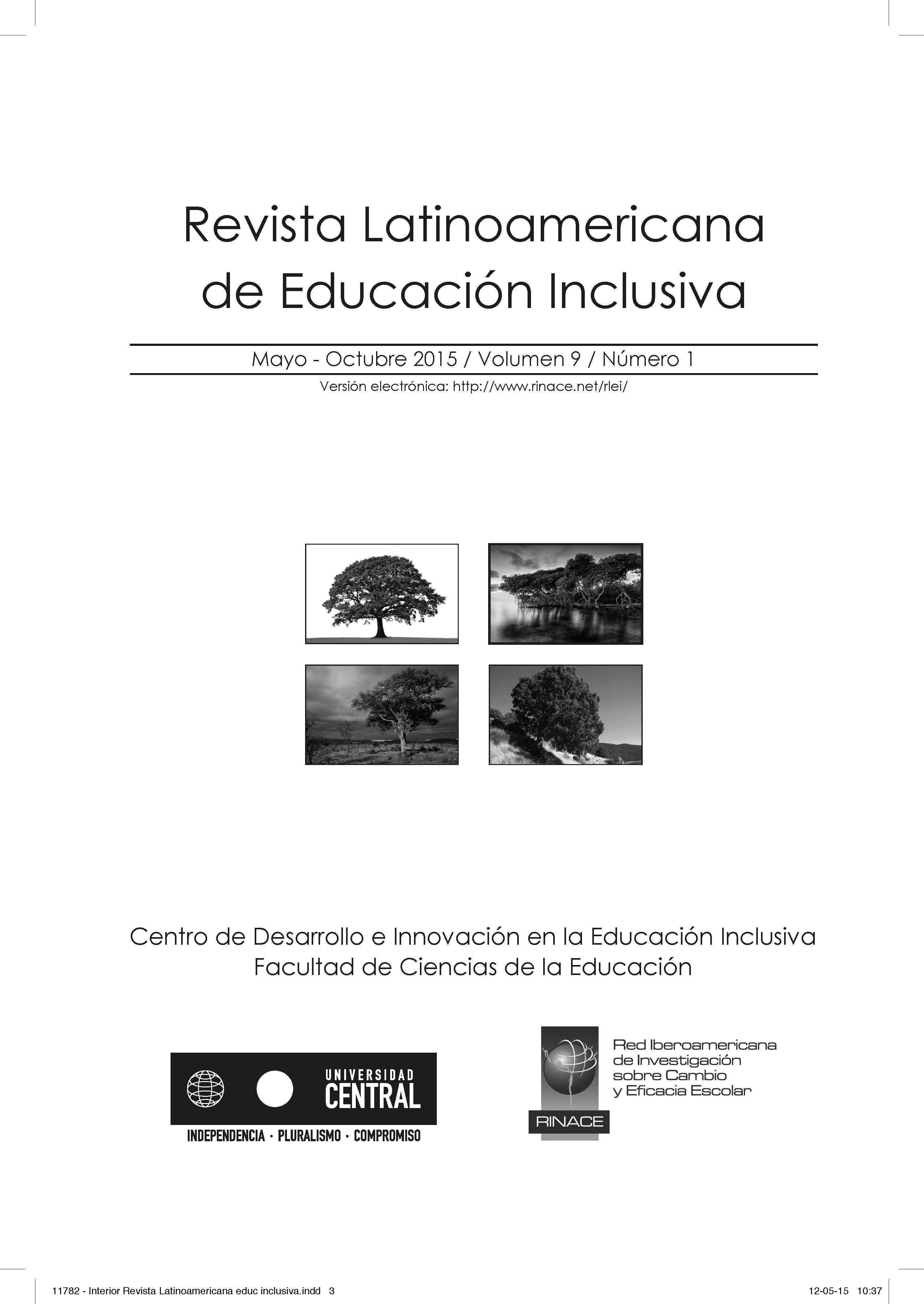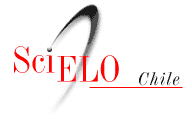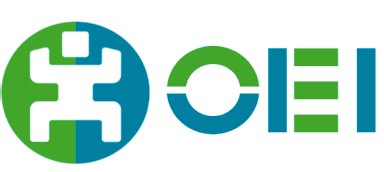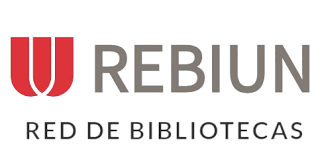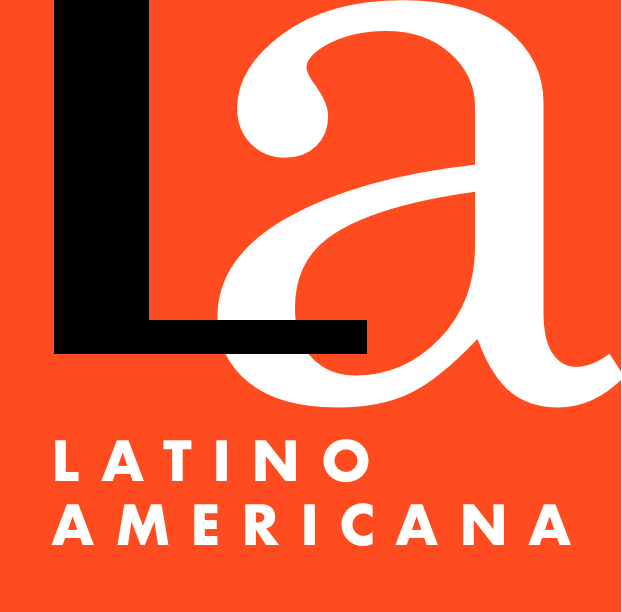Gestión de la heterogeneidad en las aulas chilenas. Técnicas, patrones de agrupamiento y sus efectos en el sistema educativo: un estudio de caso
Palavras-chave:
Geterogeneidad escolar, Agrupamiento al interior de la sala, Inclusión educativaResumo
El presente artículo analiza la forma en cómo se gestiona la heterogeneidad social, económica, cultural y académica de los estudiantes al interior de las escuelas básicas de Chile, estudiando las lógicas, técnicas y patrones de ordenamiento que docentes y directivos utilizan para generar procesos de agrupamiento al interior de las aulas. A través de un estudio de casos, y utilizando diversas técnicas de investigación cualitativas, se da cuenta de la existencia de cuatro principales patrones de ordenamiento –según disciplina, según características físicas, según necesidades educativas especiales y según casos particulares– y tres técnicas de gestión de la heterogeneidad –vía aislamiento, vía heterogenización y vía posicionamiento espacial– que se construyen simultáneamente y de manera relacional, a partir de un proceso escalonado de definición de roles y poderes al interior de la escuela. Estos resultados entregan nuevos elementos para la discusión de la inclusión, la calidad y la equidad del sistema escolar chileno.
Downloads
Publicado
Como Citar
Edição
Seção
Licença
Copyright (c) 2015 Revista Latinoamericana de Educación Inclusiva

Este trabalho está licenciado sob uma licença Creative Commons Attribution 4.0 International License.
Creative Commons Reconocimiento (by)
Esta licença permite a exploração da obra, bem como a criação de obras derivadas, cuja distribuição também é permitida, desde que seja feita referência expressa ao autor, ou seja, que seu nome apareça em qualquer uso ou ato de exploração da obra.

